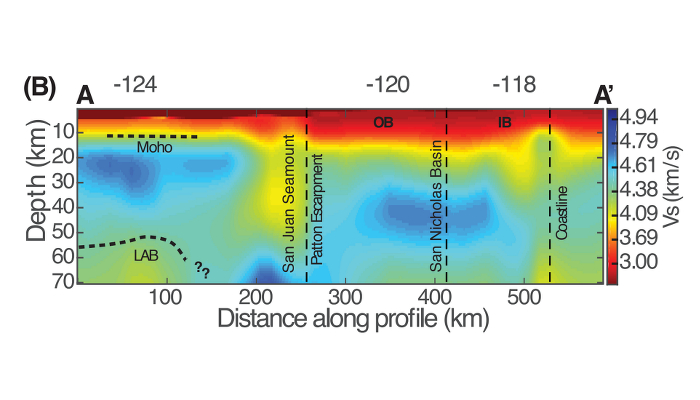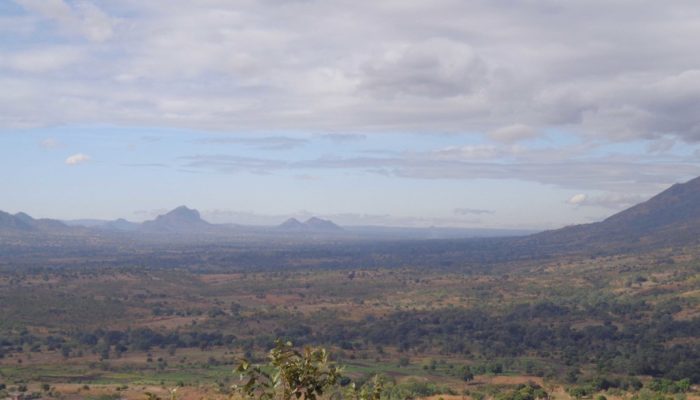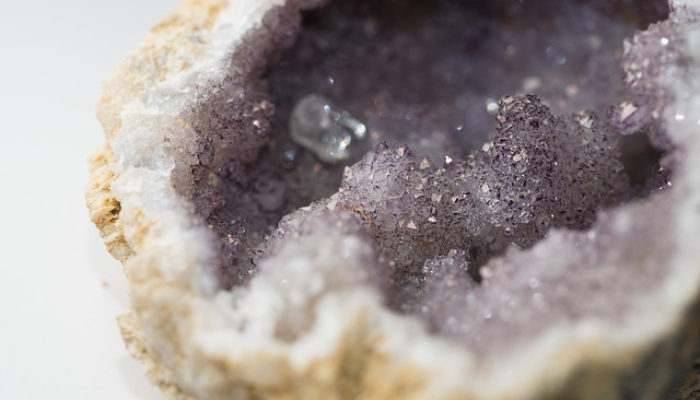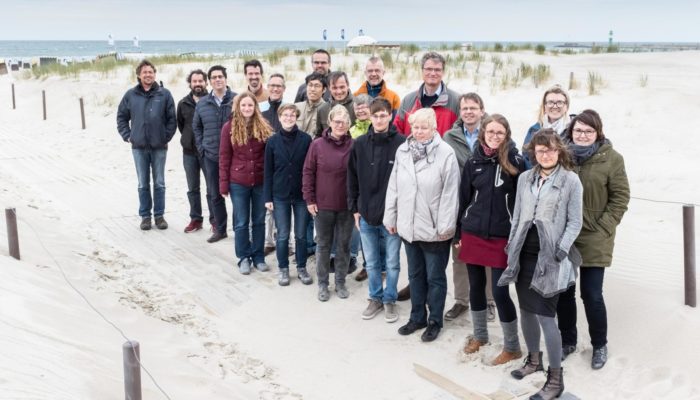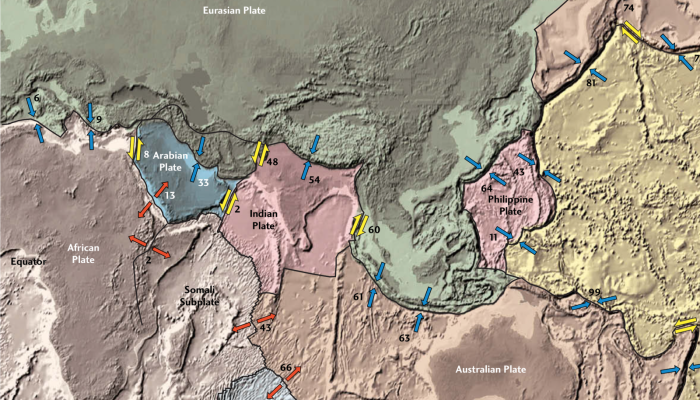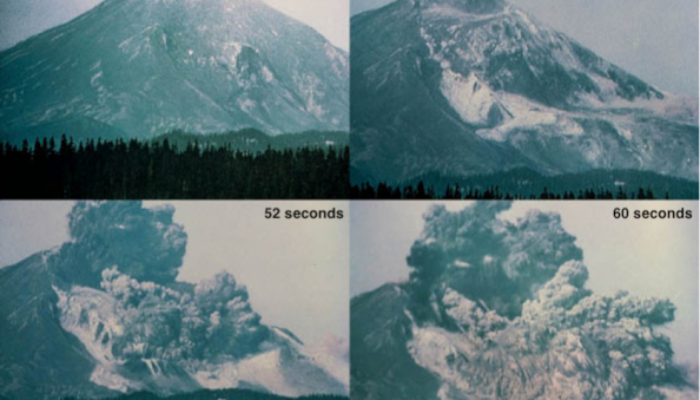Seismologists work hard to provide the best snapshots of the Earth’s mantle. Yet tomographic models based on different approaches or using different data sets sometimes obtain quite different details. It is hard to know for a non specialist if small scale anomalies can be trusted and why. This week Maria Koroni and Daniel Bowden, both postdocs in the Seismology and Wave Physics group in ETH ...[Read More]
Hydrological Sciences
YHS interview Thorsten Wagener: being the head of a research group is “a bit like being a football coach”
In its “Hallway Conversations” series, the Young Hydrologic Society has recently published an interview with Thorsten Wagener, who is currently professor and the head of the Water and Environmental Engineering research group at the University of Bristol, UK. The interview was conducted by Wouter Knoben, a PhD student at the University of Bristol. With their agreement, we reproduce below some short ...[Read More]
Tectonics and Structural Geology
Minds over Methods: The faults of a rift
Do ancient structures control present earthquakes in the East African Rift? Åke Fagereng, Reader in Structural Geology, School of Earth and Ocean Sciences, Cardiff University For this edition of Minds over Methods, we have invited Åke Fagereng, reader in Structural Geology at the School of Earth and Ocean Sciences, Cardiff University. Åke writes about faults in the Malawi rift, and the seismic ha ...[Read More]
Geochemistry, Mineralogy, Petrology & Volcanology
How does a crystal become a mineral?
There are some crystals that we are all familiar with. Look at an analogue clock (you may need a screwdriver and/or a hammer, and the watch owner might not be too happy) and you will probably find quartz – a crystal with silicon and oxygen arranged in a well-ordered three dimensional pattern. We can also describe quartz as silicon dioxide, which describes its chemistry – one silicon for every two ...[Read More]
Cryospheric Sciences
Image of the Week – The GReenland OCEan-ice interaction project (GROCE): teamwork to predict a glacier’s future
The GROCE project, funded by the German Ministry for Education and Research (BMBF), takes an Earth-System approach to understand what processes are at play for the 79°N glacier (also known as Nioghalvfjerdsfjorden), in northeast Greenland. 79°N is a marine-terminating glacier, meaning it has a floating ice tongue (like an ice shelf) and feeds into the ocean. Approximately 8% of all the ice contain ...[Read More]
Geodynamics
The Sassy Scientist – Analogue Modelling
Every week, The Sassy Scientist answers a question on geodynamics, related topics, academic life, the universe or anything in between with a healthy dose of sarcasm. Do you have a question for The Sassy Scientist? Submit your question here. David asks: What do you think about analogue modelling? Dear David, Analogue modelling. Well, what’s not to like? Who doesn’t want to spend weeks or months fin ...[Read More]
Geodynamics
The past is the key
“The present is the key to the past” is a oft-used phrase in the context of understanding our planet’s complex evolution. But this perspective can also be flipped, reflected, and reframed. In this Geodynamics 101 post, Lorenzo Colli, Research Assistant Professor at the University of Houston, USA, showcases some of the recent advances in modelling mantle convection. Mantl ...[Read More]
Tectonics and Structural Geology
Meeting Plate Tectonics – Nicolas Coltice
These blogposts present interviews with outstanding scientists that bloomed and shape the theory that revolutionised Earth Sciences — Plate Tectonics. Get to know them, learn from their experience, discover the pieces of advice they share and find out where the newest challenges lie! Meeting Nicolas Coltice Nicolas Coltice graduated with a PhD from the École Normale Supérieure of Lyon, France. He ...[Read More]
Natural Hazards
Let the ash fall, but get ready for its consequences
The past 18th May marked 39 years since one of the most emblematic volcanic eruptions in historic times: the 1980 Mt St Helens explosive eruption. With a death toll of 57 victims, it is the deadliest volcanic event in U.S. history. If that wasn’t enough, it also destroyed hundreds of houses and roads. When we think about explosive volcanic eruptions what commonly comes in our minds about the possi ...[Read More]
Cryospheric Sciences
Image of the Week – The Lost Meteorites of Antarctica…
When most people think of Antarctica, meteorites aren’t the first things that come to mind. Perhaps they imagine the huge ice shelves, the desolate interior, or perhaps penguin colonies near one of the scientific bases — but usually not meteorites. So why is our project looking for meteorites in Antarctica, and besides, aren’t they all lost until they are found? Let’s start with the A ...[Read More]

